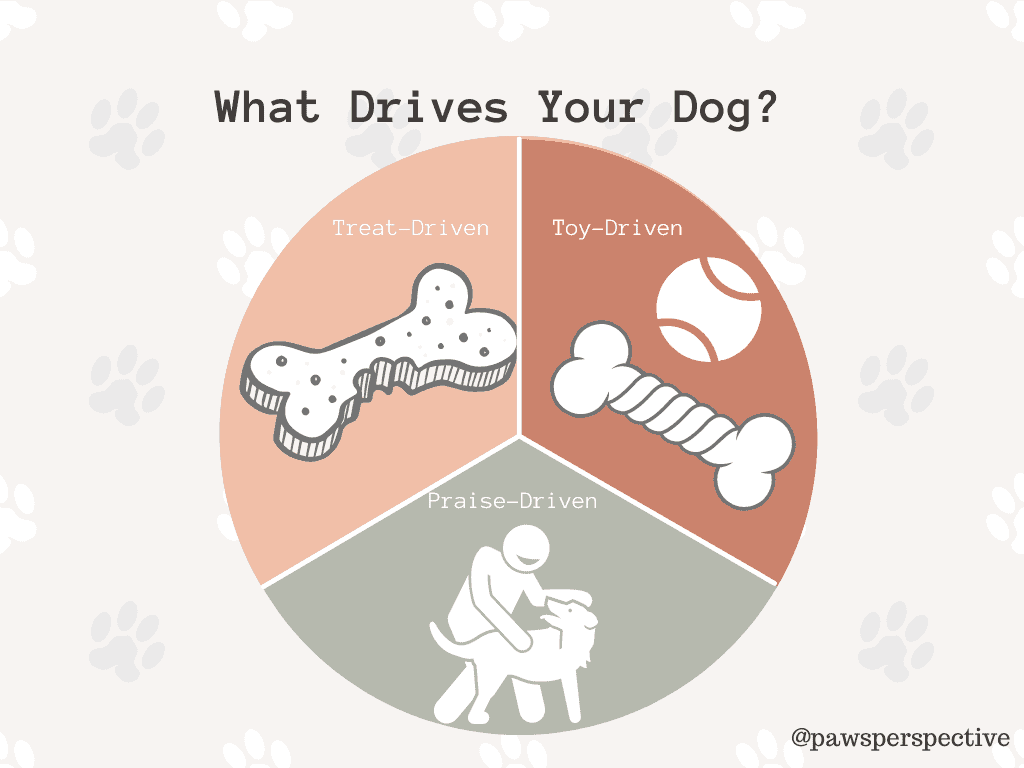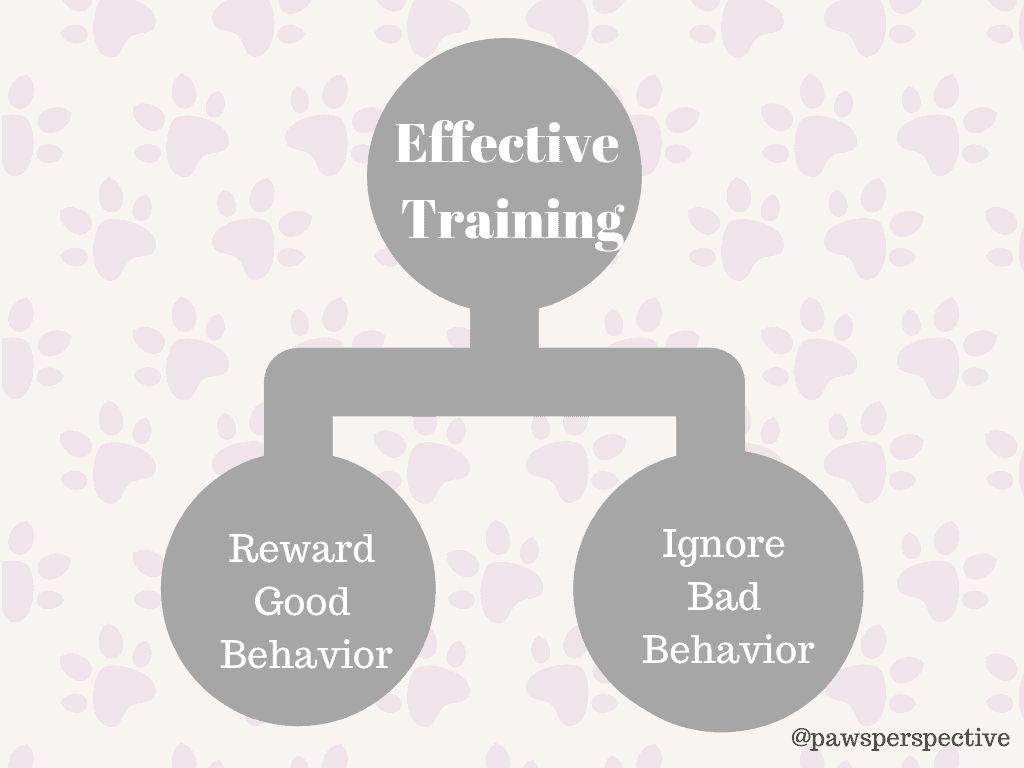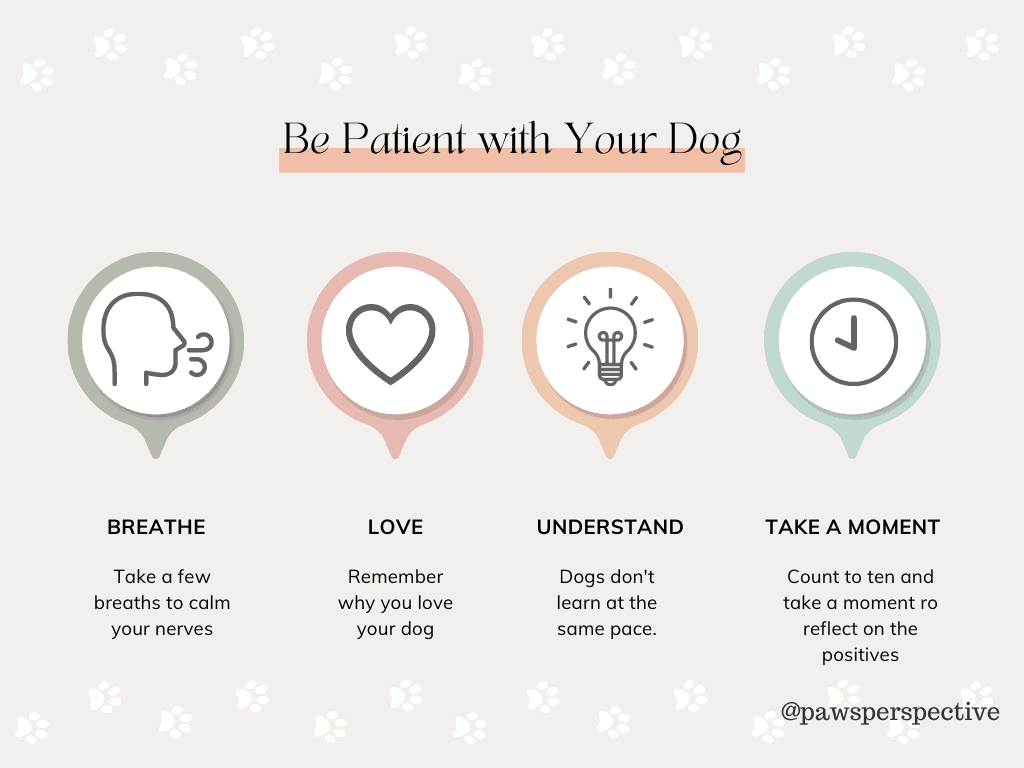Dog training can be overwhelming, especially with the variety of training content online. Luckily, these dog training tips will ensure training success every time!
When I first prepared to become a dog trainer, I had no idea the best ways to train dogs. I used these methods on my two Cocker Spaniels, who weren’t always the easiest dogs to teach, and the results were astonishing! So, through a few years of observations and experiences, I’ve noticed what works and what doesn’t.
Whether you want your dog to do elaborate party tricks or be a formidable family member, these training tips will help set the tone for training sessions and improve the dog-owner relationship you share. The better your relationship with your dog, the easier training sessions will become.

Stick to a Training Method that Suits Your Dog
Sticking to one training method when training your dog prevents confusion. While it might be tempting to use many different training techniques seen online, your dog will get confused if you use them all. The trick lies in identifying which training method will suit your dog best.
While many different dog training methods exist, some ways are gaining popularity in the dog community. While there is debate among dog trainers regarding the best training method, the key lies in identifying the method that works for your dog. Some ways might work perfectly with one of your dogs while it has a negative effect on the other.
Positive Reinforcement
Reward your dog with a treat for every good or appropriate behavior they perform. For example, you are giving your dog a treat for sitting down when you provide the command to sit.
Clicker Training
Use a clicker to mark the exact moment your dog does what they are supposed to. For instance, making a click sound when your dog’s bum touched the ground when you gave the “sit” command—usually used in conjunction with positive reinforcement.
Mirror Training
Allowing your dog to observe other dogs (and sometimes yourself) act before you expect them to do it. For example, if you want your dog to jump over an obstacle, jump over it yourself and call your dog to follow.
Classical Conditioning
Teach your dog to associate specific behaviors with commands. It is your dog’s involuntary response to a stimulus. For instance, if you ring a bell every time before giving your dog a meal, they will start to anticipate mealtime every time the bell rings.
Operant Conditioning
Expect your dog to perform a specific task before giving a reward. It is your dog’s voluntary behavior that leads to a consequence. For instance, if your dog stayed in place when you said “stay,” they will get a treat. Unfortunately, operant conditioning uses negative reinforcement in response to undesired behavior.
Relationship-Based Training
You are building a strong, lasting relationship with your dog to make the training successful. It means meeting your dog’s immediate needs, like food, shelter, and safety, first while figuring out what motivates your dog best to perform desired actions. This method also uses positive reinforcement while not negatively triggering your dog’s mind, like anxiety, fear, aggression, etc.
If you’re unsure which method will work best with your dog, try starting with positive reinforcement. Give it a good few weeks of consistent trial to understand whether it is effective. You might even try to use a few methods in conjunction to get the best results from training.
I’ve used positive reinforcement on Dixie, my 2-year-old female Cocker Spaniel, and it worked wonders. However, Joey, my one-year-old male Cocker Spaniel didn’t react to that training method adequately. So, I had to combine clicker training with positive reinforcement to help his mind grasp concepts better.
It’s okay to feel overwhelmed. You are not alone! If choosing a training method is too agitating, please book a consultation session with me on the Fiverr platform.
Choose Rewards Wisely
The rewards you choose to train with should be of high value to your dog. The higher your dog values a reward, the better it will perform during training sessions. The trick lies in determining whether your dog is food, toy, or praise-driven. What does this mean?

- Food-driven: Your dog performs better when a food treat is a reward.
- Toy-driven: Your dog performs better when a toy is a reward.
- Praise-driven: Your dog performs better when your praise is the reward (like verbal praise or belly rubs).
Your dog’s preference will determine the rewards you use during your training sessions.
My dogs are more food-driven than the other two, which is the same for most dogs. On the other hand, my mother’s Malinois (Arya) is more toy-driven. This means I will train my dogs using small sausage pieces while my mom will use a tennis ball to lure her dog into position.
It might take some trial and error to determine which reward your dog reacts to best. So, try training with these rewards, see how your dog reacts to them, and stick to the one your dog prefers.
Reward Good Behavior
When you consistently reward good or acceptable behavior, your dog will strive to repeat those actions. Dogs instinctively prefer reward over punishment or being ignored. So, whenever your dog does what you expected, reward them with their preferred reward.
For instance, if you want to keep your dog from jumping up at people, you’ll give a reward every time your dog’s four paws stay on the ground when approaching someone.
Initially, you’d want to reward your dog every time they do something right until that behavior is imprinted in their brain. Eventually, you can phase out the need for rewards and see how your dog behaves perfectly in every given situation.
Ignore Bad Behavior
Every time your dog exhibits destructive behavior, you should ignore the behavior. While you might instinctively want to scold your dog, it only instills fear and anxiety in your dog, causing it to distrust that you have their best interests at heart.
When we punish dogs verbally or physically, they go into this nervous state of mind that prevents them from taking in new knowledge effectively! Not only does it cause nervousness and distrust, but it also breaks down your dog’s confidence, making training less effective.
So, instead of punishing bad behavior, you’ll ignore the behavior or withhold rewards. For instance, if you don’t want your dog to jump up on people, and it does, you’ll turn away from your dog and ignore it. Then, you’ll give the reward when your dog’s four paws touch the ground.
Therefore, rewarding good behavior and ignoring bad behavior go hand-in-hand.

Be Consistent
Consistency in dog training is key to success. Dogs learn best through consistent application of training methods and repetitions. Just like we need to repeat new information a few times before we know it by heart, dogs need consistency from their owners to learn at optimal levels.
Now, you might wonder what I refer to when I say “be consistent.” Consistency doesn’t just mean you should train your dog every day; your overall approach to training your dog should be consistent. So, be consistent in the following categories:
- The commands you use: Use the same simple word for a specific action.
- The reward system you use: Whether it is toys, treats, or praise.
- Your training schedule: Training your dog for a few minutes every day, not skipping some days.
- The expectations of your dog: Don’t expect your dog to perform one way today, but to act differently tomorrow.
Being consistent will help your dog understand what you expect it to do quickly, which will, in turn, improve your training sessions in the future.
Start with Little to No Distractions
Start in an area with few distractions if you’re teaching your dog something new. It can be a quiet room or a garage. Whichever place you choose, ensure that your dog won’t be easily distracted during your training sessions.
Starting in a quiet area will help your dog focus on the task, prevent distractions, and improve their ability to soak up new knowledge.
Whenever your dog reliably performs this new command or trick every time you give your cue, you can move to an area with more distractions to generalize the training in any given scenario, no matter the level of distractions.
Make Training Sessions Short
Train your dog for short sessions regularly. So often, we get tempted to jam-pack loads of information into an hour-long training session, which overwhelms our dogs. Extended training sessions are overwhelming, and your dog won’t be able to learn as much as you’d like them to.
You can train your dog for 5-15 minutes, 2-3 times daily. How long you train your dog varies depending on your dog’s age. The shorter you keep your training sessions, the more impact it will have on your dog’s ability to retain the knowledge they’ve gained during those sessions.
End Training Sessions with Fun
Every training session should end with a fun activity your dog loves! It will help your dog look forward to future training sessions and ensure better success when they know a play session will follow a successful training session.
There are some considerations, though:
End Training Positively Before Playing with Your Dog
Your dog’s final action should be successful activity ended on a positive note. What do I mean by this? Well, your dog’s last action during a training session should be mastered and performed successfully.
For instance, if your dog can sit every time you say “sit,” it is the perfect activity at the end of the training session. On the other hand, if your dog struggles with a trick or command, don’t let that be the last action your dog performs. Instead, abort the complex command, get your dog to perform an activity it knows, and end the session with playtime.
The idea is to reward your dog for a successful training session by participating in an engaging play session. It’s a win-win for both the dog and the owner. Playing with your dog after a successful training session will also improve the bond you share with your dog, making future training sessions victorious.
Don’t Initiate a Game when Your Dog Behaves Badly
Be careful not to end a training session with playtime if your dog performs behaviors you disapprove of. For instance, if your dog jumps up to you after a training session and you don’t condone that behavior, don’t start playing with your dog immediately.
Initiating play immediately after your dog performs unwanted behavior will give your dog the message that you approve of how they just acted. So, to avoid mixed signals, confusion, and frustration, get your dog to perform an acceptable behavior first. Only then can you initiate play.
“There is a growing acceptance among scientists that play is very, very important and the type and frequency of play are a really good indicator of a dog’s quality of life.”
Mark Evans- former RSPCA chief vet
Be Patient
Patience is one of the most important parts of successfully training your dog! We can so easily get caught up in the need for our dogs to perform well that we forget they all learn at a different pace. All this pressure hinders your relationship with your dog and your training efforts. So, whenever you feel frustrated, try the following tips:
- Take a breath: Controlling your breathing will help calm your nerves. The calmer you are, the easier your dog will learn.
- Remember why you love your dog: Thinking about all the reasons you love your dog will help control the negative thoughts you’re experiencing at the moment.
- Understand your dog’s learning pace and ability to learn: Know how long it takes your dog to learn something new, how well it can focus with distractions, and what its daily learning capacity is. It will allow you to set realistic expectations for your dog.
- Take a moment to yourself if you get frustrated: If you’re overwhelmed or frustrated, stop training immediately and take a moment to compose your emotions. Again, your dog will learn quickly when you are calm.

Check Your Emotions
Dogs pick up on human emotions quickly. So, if you are frustrated and angry while training your dog, it will most likely pick up on the emotional vibe and become fearful of the situation. While you might not intend to scare your dog, it will get nervous if you initiate training while you’re in a bad mood.
The best solution: Never train your dog when you’re angry, frustrated, or upset. Not only will it affect your dog’s emotional state, but it will also prevent your dog from learning to the best of its ability.
The more anxious dogs get, the less knowledge they can soak up, making the training session almost meaningless.
So, skipping a training session is better than having one in a foul mood.
